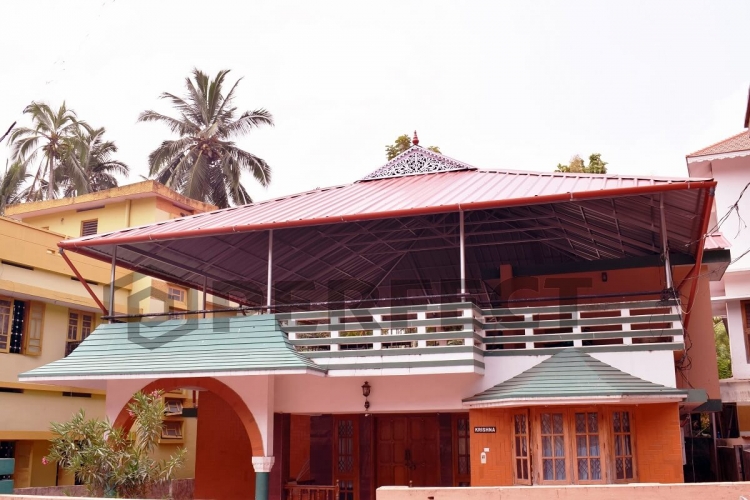Roofs are vital to the integrity of your home, protecting it from wildfire damage and moisture. That’s why a good roof should last at least 30 years with proper care.
Rafters and prefabricated trusses provide much of the roofing structure. Sheathing, meanwhile, gives the underlayment and shingles a solid surface to attach to.
Before your contractor begins their work, move any items that might fall off walls or tables from rooms near construction areas. Hammer vibrations can cause such objects to fall.
Materials
Different climates may require different types of roofs. Some materials are also more attractive than others and can boost property value or enhance an architectural style.
Consider shingles if you prioritize color schemes or need fire protection — some shingles even have ratings for how well they resist wildfires. Other shingle options emphasize wind resistance or hail resistance.
Concrete tiles provide another option for coverings that can handle rougher weather conditions than asphalt shingles without breaking the bank like slate tiles might.
Installation
Your roof is a barrier against everything from sunlight to mold growth. Installers must build it right so it doesn’t leak, rot, collapse or let in pests.
Underlayment separates sheathing from flammable roofing materials and helps ensure water stays out of your house by acting as a second layer of defense against leaks.
Sheathing consists of large boards — often made from plywood or OSB — nailed down across rafters. Materials like this are typically too big to fit in your car, meaning contractors usually buy them before arriving on-site — just another reason not to DIY your own roof if you don’t have experience.
Maintenance
A good roof keeps temperatures inside consistent but requires regular care to fulfill its purpose beyond aesthetics and insulation.
For example, it’s important that contractors have tools appropriate for their work when they arrive at your house. Metal ladders should be strong enough to hold their weight; otherwise, they could break and cause injury.
Shingles that are excessively worn, damaged or covered in moss or mildew will need to be replaced. It’s also important to periodically check that all flashing — thin pieces of metal that form seals around chimneys, skylights, vents and plumbing vents — is still securely fastened or intact.
Around construction areas, remove toys and patio furniture to clear space for roofers. Hammer vibrations could damage wall decorations like mirrors or pictures, so take them down before workers arrive. Cover delicate plants with tarps if they might get trampled.
When your roof is in shambles, finding a good roofing pro is key. Check out their credentials and reputation to make sure they’re the real deal, and ensure that they have all the proper licenses and insurance to protect you from liability or lawsuits in case of an accident.
If you want to know more about your roof, a home inspector might be able to help. They’ll take a look at it closely and let you know if there are any red flags you should be worried about, as well as what the best course of action for repairs would be if it’s needed. You might also consider replacing your whole roof if it’s too far gone —– this could save you money on frequent repairs down the road.
If your house needs a new roof before closing, try to have them done then; otherwise, you may find yourself without access to funds from mortgage lenders or coverage from insurance policies in case something happens. Ask previous owners when they had theirs last replaced or repaired or look up local government records for those details.

